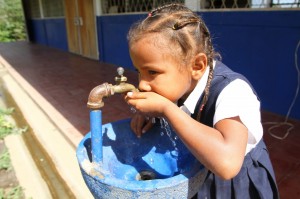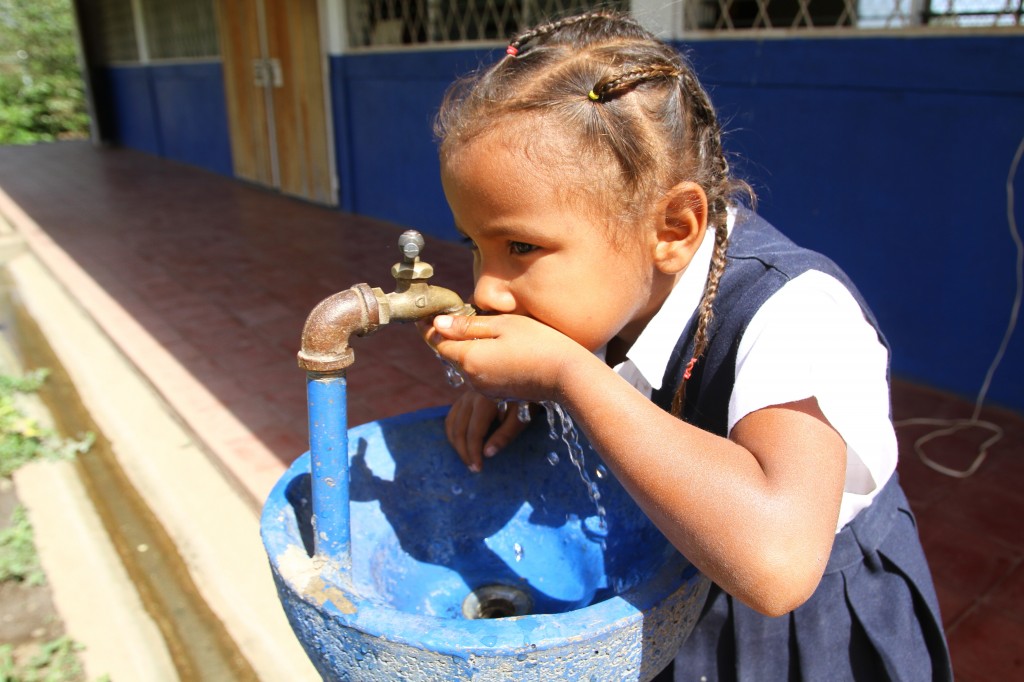More people die each year from hunger than HIV, tuberculosis and malaria combined. That’s a sobering statistic that brings into sharp relief the drastic inequalities in our world. It’s sad to think about the big statistics – but what about when we think about the situation from the perspective of one family? I can’t imagine the pain losing a child – but a parent will lose her child in the time it takes for you to finish this sentence.
Fortunately, there is help at hand. Over the past several decades, philanthropists and generous volunteers have devoted both time and money to weeding out hunger from the world. From primarily local efforts in the 1950s and 60s, they branched out to the less privileged areas of the developing world in Africa, Asia and Latin America. Some hunger care groups were organized by priests and churches; others were entirely secular. What they all share in common is a vision to end world hunger. Over this time, we’ve found better ways to address hunger.
Sobering Statistics: World Hunger Today
For the purpose of statistics, hunger is usually conflated with undernourishment. Undernourishment describes the availability of adequate calories and disregards macro-nutrient content of the diet. Eradicating nourishment was one of the chief aims of UN’s Millennium Development Goals resolution, adopted in 2000. The percentage of undernourished people in the world has fallen constantly in the last two decades, going from 19% to just 12% of the world’s population since 1990. At present, there are roughly 870 million undernourished people in the world. While this is far cry from the Millennium Development Goals, the downward trend is nevertheless a cause of much hope.
Poverty, Growth and Hunger
In the last two decades, Asia has emerged as a global growth center. For instance, roughly 9 percent of India’s population emerged out of poverty in the ten years between 1994-2004. Similarly, the high growth rate in China in the last 30 years has managed to pull hundreds of millions of people out of poverty. Statistics from Malaysia, Indonesia and Pakistan tell a similar tale.
Unsurprisingly, there is a direct relation between poverty and hunger. Simply put, removing poverty results in higher calorie intake. Ending poverty, thus, can have a dramatic impact on world hunger.
The Effectiveness of Care Groups
The complete eradication of world hunger requires more than merely distributing food packets to the hungry, especially in non-growth areas of the world. The approach must be holistic, involving the community as a whole, and cover not just hunger but also health and disease.
 The Care Group model has been widely successful in this regard. The model was originally developed by Dr. Pieter Ernst with World Relief in Mozambique. Delegating authority to 10-15 community-based volunteer educators breeds self-sufficiency and exponential results that reverberate throughout the community. FH Care Groups in Sofala Province, Mozambique, for instance, reported a drastic reduction in infant mortality rate. In areas where the Care Group approach was implemented, infant mortality rate reduced from 68 in 1999 to 38 in 2003. This was made possible by educating the community about health risks in children and providing nutrition to battle fatal vitamin deficiencies. At the same time, cost per beneficiary remained as low as $3.21 per year.
The Care Group model has been widely successful in this regard. The model was originally developed by Dr. Pieter Ernst with World Relief in Mozambique. Delegating authority to 10-15 community-based volunteer educators breeds self-sufficiency and exponential results that reverberate throughout the community. FH Care Groups in Sofala Province, Mozambique, for instance, reported a drastic reduction in infant mortality rate. In areas where the Care Group approach was implemented, infant mortality rate reduced from 68 in 1999 to 38 in 2003. This was made possible by educating the community about health risks in children and providing nutrition to battle fatal vitamin deficiencies. At the same time, cost per beneficiary remained as low as $3.21 per year.
Some other things to note about Care Groups:
- Food for the Hungry Care Groups have reduced malnutrition by up to 38 percent.
- Improved health: In Mozambique, FH Care Groups helped reduce under-5 mortality rate by 62% and child mortality rate by 94% within a four year period.
- Rapid success: in Sofala, Mozambique, undernutrition among children 0-23 months old dropped by 8.1% within 2 weeks of the program implementation.
- High participation: 94% of Care Group Volunteers (CGVs) reported attended a Care Group meeting in the last two weeks.
- Beyond hunger: USAID’s Healthcare Improvement Project has used the Care Group approach to fight hunger as well as diseases like HIV, malaria, etc. In fact, it estimates that it will cost just $2.72 per inhabitant to train Community Health Workers (CHWs) to cover the entire sub-Saharan Africa rural region.
Care Groups have been extremely successful all across the world. The approach has been adopted by organizations as diverse as USAID HCI, International Medical Corps and World Relief. By leveraging the community, it is possible to see drastic reductions in world hunger and push towards a more equal, happier world.
You can support community development and provide training, support, and more with a donation to Food for the Hungry. What’s awesome about this fund is every $1 you give is matched 22 times by USAID and other funding partners. In other words, if you give $50, the donation will effectively be $1,100! What an awesome impact you can have in the lives of children.





